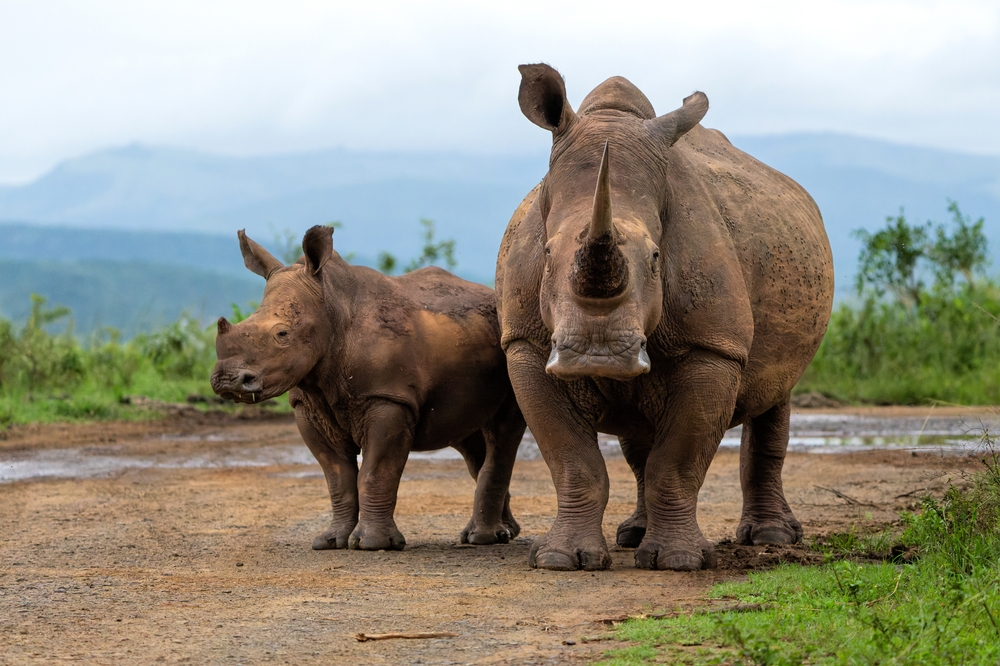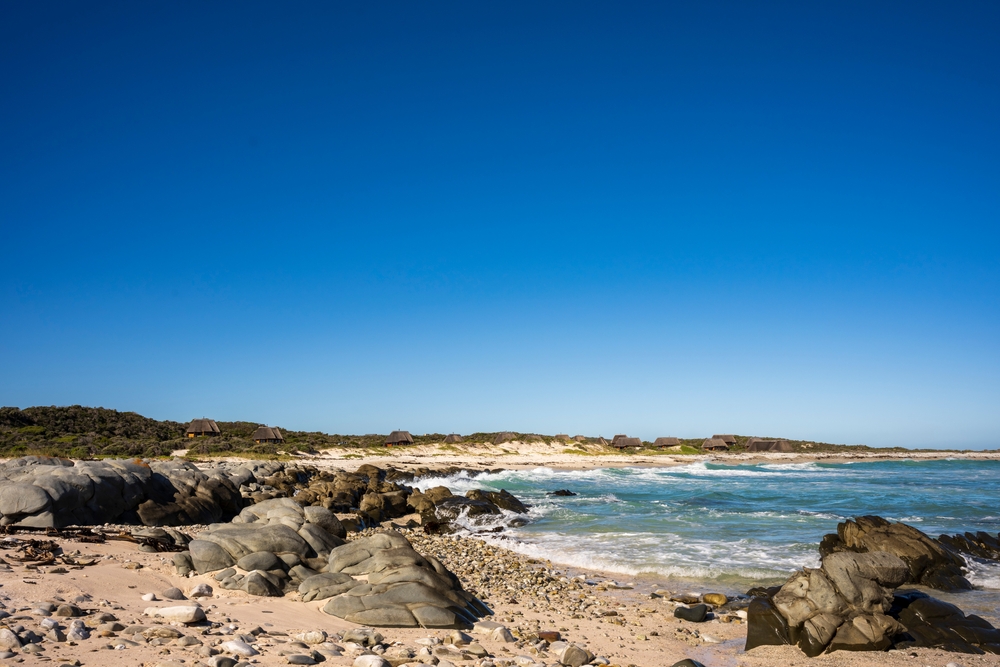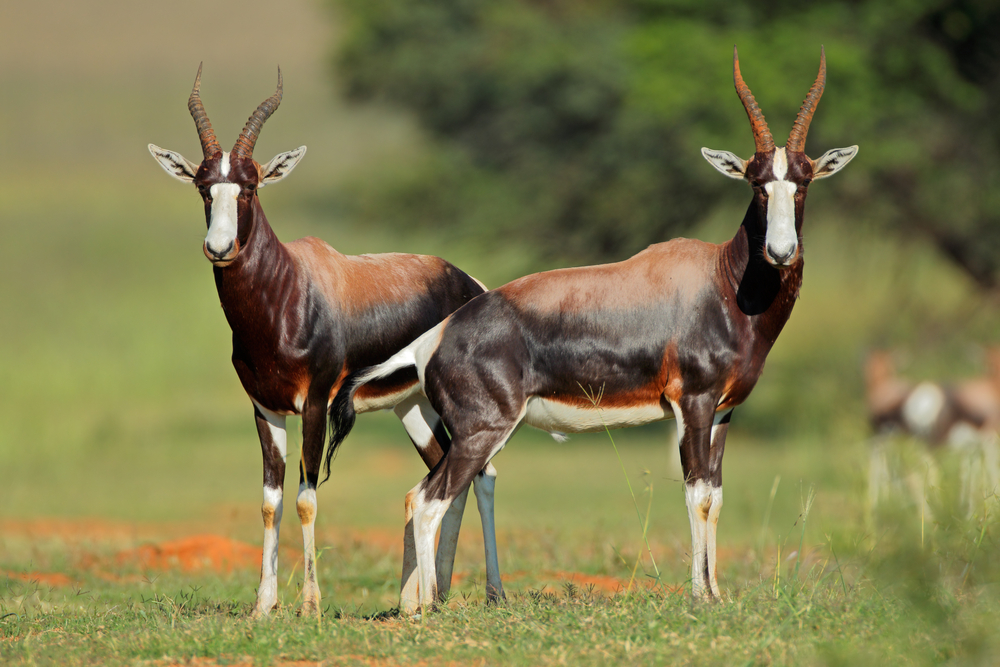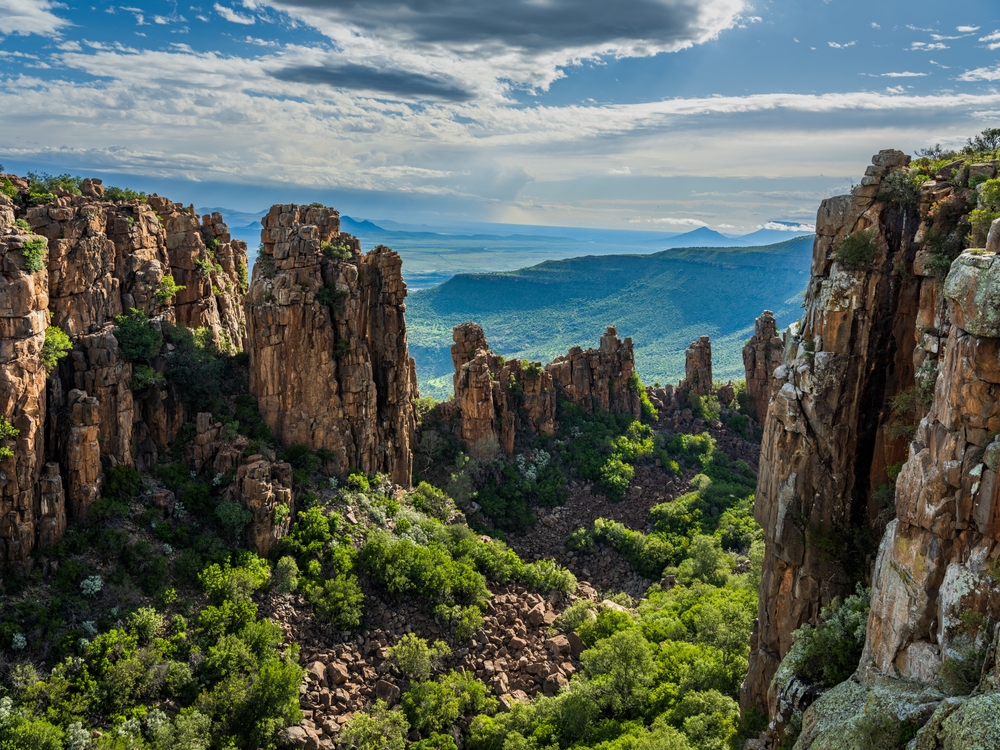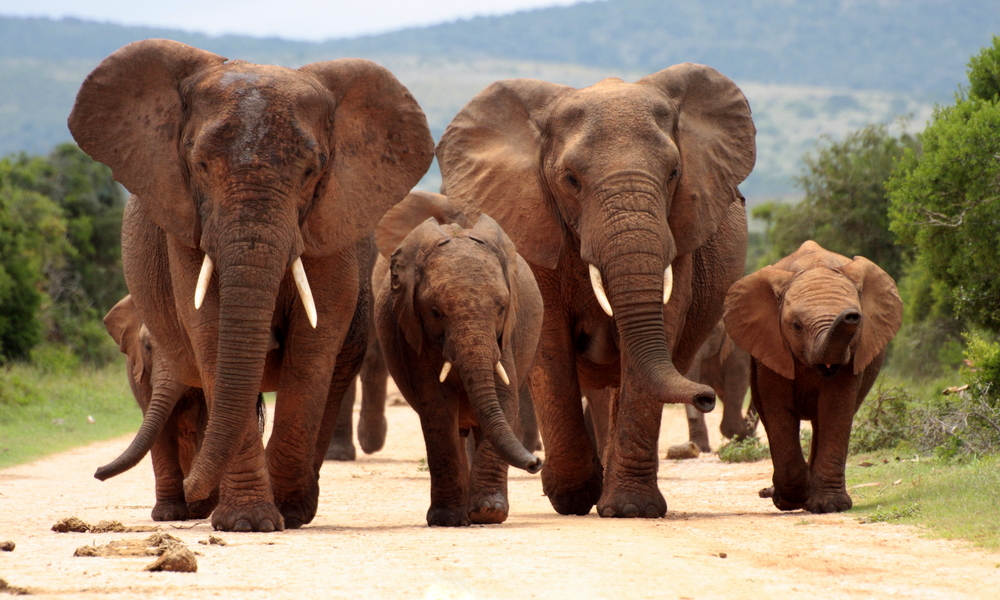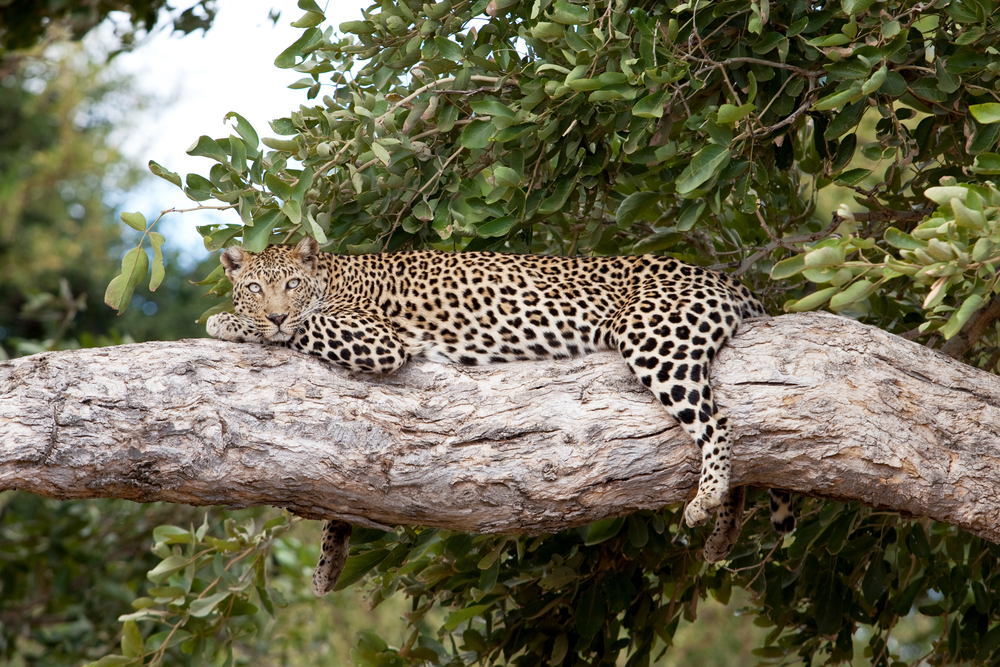Hluhluwe-iMfolozi Park Overview
Hluhluwe-iMfolozi Park, locally known as “Hluhluwe-iMfolozi Nasionale Park” in Afrikaans, is the oldest proclaimed nature reserve in Africa and one of South Africa’s most iconic conservation areas. Located in KwaZulu-Natal Province, the park spans approximately 960 square kilometers (370 square miles) and is named after its two main sections: Hluhluwe in the north and iMfolozi in the south. Established in 1895, the park has a long-standing reputation as a leader in wildlife conservation, particularly for its critical role in saving the white rhino from extinction.
The terrain of Hluhluwe-iMfolozi Park is a captivating blend of rolling hills, river valleys, and dense bushveld. The Hluhluwe section is characterized by steep ridges and lush vegetation, while the iMfolozi section features open savannas and grassy plains, making it ideal for wildlife viewing. Three rivers—the Hluhluwe, Black iMfolozi, and White iMfolozi—meander through the park, creating water sources essential for the park’s ecosystems.
The vegetation in the park is diverse, ranging from acacia-dominated savannas to riverine forests and thickets. This variety supports a wide range of wildlife, making Hluhluwe-iMfolozi a premier safari destination. The park is home to the Big Five: lion, leopard, elephant, rhinoceros (both black and white), and buffalo. It is particularly renowned for its thriving populations of rhinos, a testament to decades of conservation efforts. Other notable species include cheetahs, hyenas, giraffes, zebras, and a variety of antelope. Birdwatchers will find over 340 recorded species, including African fish eagles, crowned eagles, and narina trogons.
Visitors can engage with the park through a variety of activities. Game drives are a highlight, offering opportunities to spot wildlife in their natural habitats. Guided bush walks provide an intimate experience of the park’s ecosystems, allowing visitors to explore the landscape up close and learn about its flora and fauna. The park also offers picnic areas, bird hides, and viewpoints for quiet observation. The Mpila and Hilltop rest camps provide accommodation options, ranging from self-catering chalets to safari tents, ensuring an immersive wilderness experience.
Hluhluwe-iMfolozi Park faces challenges such as poaching, human-wildlife conflict, and habitat degradation due to encroachment. However, it has made remarkable strides in conservation. The park is globally recognized for its role in rhino conservation, particularly through “Operation Rhino” in the 1950s and 1960s, which successfully translocated and repopulated rhinos across South Africa. Ongoing efforts by Ezemvelo KZN Wildlife include anti-poaching patrols, community engagement, and habitat restoration to ensure the park’s ecosystems remain intact.
Hluhluwe-iMfolozi Park is a testament to the resilience of nature and the impact of dedicated conservation. Its rich biodiversity, stunning landscapes, and historical significance make it a must-visit destination for eco-tourists and wildlife enthusiasts. Protecting this park ensures the preservation of South Africa’s natural heritage and reinforces its role as a global leader in wildlife conservation.








































































